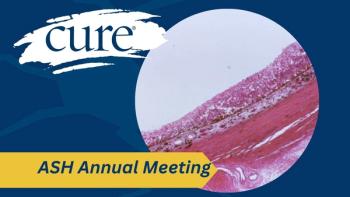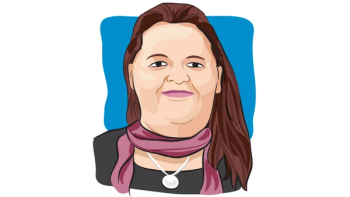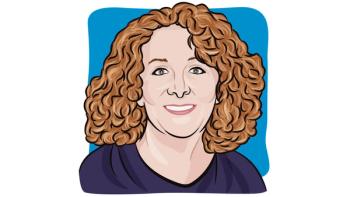
- Spring 2009
- Volume 8
- Issue 1
Does Treatment Differ for Older Patients?
Half of adult patients diagnosed with non-Hodgkin lymphoma are over age 60--oncologists must take into account age and associated complications.
Of all adult patients diagnosed with non-Hodgkin lymphoma, half are over the age of 60. Plus, statistics show that as life expectancy increases, the incidence of NHL in the older population is rising. These patients present an especially difficult challenge to oncologists, who must take into account age and associated complications.
Those complications may include one or more other diseases that elderly patients often have in addition to lymphoma. Older patients also tend to have reduced kidney and liver functions, possibly restricting a drug’s effectiveness and the patient’s ability to pro­cess and excrete the drug. As a result, side effects—especially infections and low blood counts—may be more severe.
Rituxan (rituximab) plus the chemotherapy regimen known as CHOP is generally well tolerated, says Owen O’Connor, MD. “But we know that people who are older don’t have as easy a time with these drugs, and we often have to reduce the doses,” he says. Side effects can be lessened by co-treatment with a compound called granulocyte colony-stimulating factor, which is naturally found in the body and stimulates the growth of blood cells.
Increased toxicity is one reason stem cell transplantations are often not recommended for older patients, as the high doses of radiation or chemotherapy that precede the transplant are often poorly tolerated. But recent studies have shown that lower doses of radiation can reduce transplant-related toxicity and still be effective. (Read about the latest advances in stem cell transplantation in CURE’s
In one study of patients with leukemia, although the rate of relapse was higher in patients who received low-dose radiation than those who received higher doses (41 percent compared with 24 percent), overall survival was comparable. Other studies suggest older patients rival their younger counterparts when it comes to quality of life after a transplant.
One way physicians manage older patients is to suggest safer, less toxic options. Treanda (bendamustine), for example, appears to be better tolerated than CHOP with comparable efficacy. Or chemotherapy might be foregone altogether in favor of biological therapies such as Revlimid (lenalidomide), a multiple myeloma drug being investigated for treating NHL, or Zolinza (vorinostat), an epigenetic agent approved for T-cell lymphoma.
Unfortunately, reduced toxicity often comes at the cost of effectiveness in traditional dosing and scheduling. “Quality of life is obviously the issue,” says Bart Kamen, MD, PhD. “An additional six to eight months of high-quality time can be a lot.” To provide tumor control with less toxicity, Kamen says physicians are now experimenting with lower doses at a more frequent schedule, known as metronomic therapy.
Muddying the waters further is that most clinical trials are done in patients younger than 60, whereas most NHL patients are between 65 and 75.
“What works on a 60-year-old may not work on a patient who is 70,” says Kamen. Some recent trials examined the success of different treatment strategies for aggressive lymphomas specifically in older patient populations and found that R-CHOP improved survival rates compared with CHOP alone in patients between ages 60 and 80.
The results from several studies suggest standard CHOP regimens used in younger patients with aggressive lymphoma should also be recommended for the treatment of older patients unless the patient has heart problems that preclude the use of CHOP.
Of course, every patient is different; the important thing to remember, says Kamen, is, “We don’t treat the disease; we treat people.”
Articles in this issue
about 16 years ago
The Final Journey: The Life and Death of Judy Abernathyover 16 years ago
Web Exclusive: What Is a "Good Death?"over 16 years ago
Web Exclusive: Resolving Your Own Deathover 16 years ago
Web Exclusive: Understanding Hospiceover 16 years ago
Web Exclusive: Find a Clinical Trial That's Right for Youover 16 years ago
Web Exclusive: Find a Clinical Trial That's Right for Youover 16 years ago
Web Exclusive: Eulogy for Dr. Phillip Bermanover 16 years ago
Web Exclusive: A Granddaughter's Eulogyover 16 years ago
Calming Cancer Painover 16 years ago
Excerpt: When Hormone Therapy Can Stress You Out




